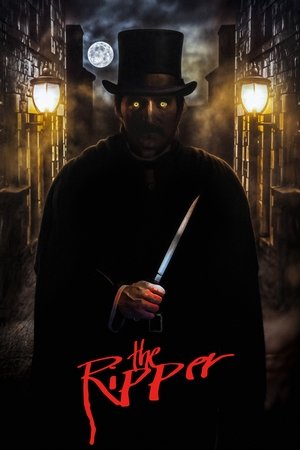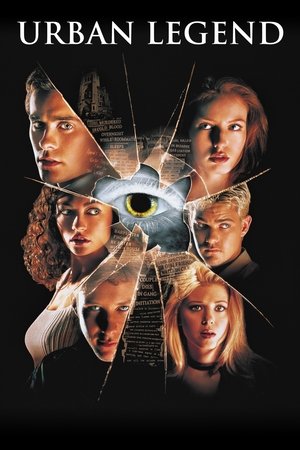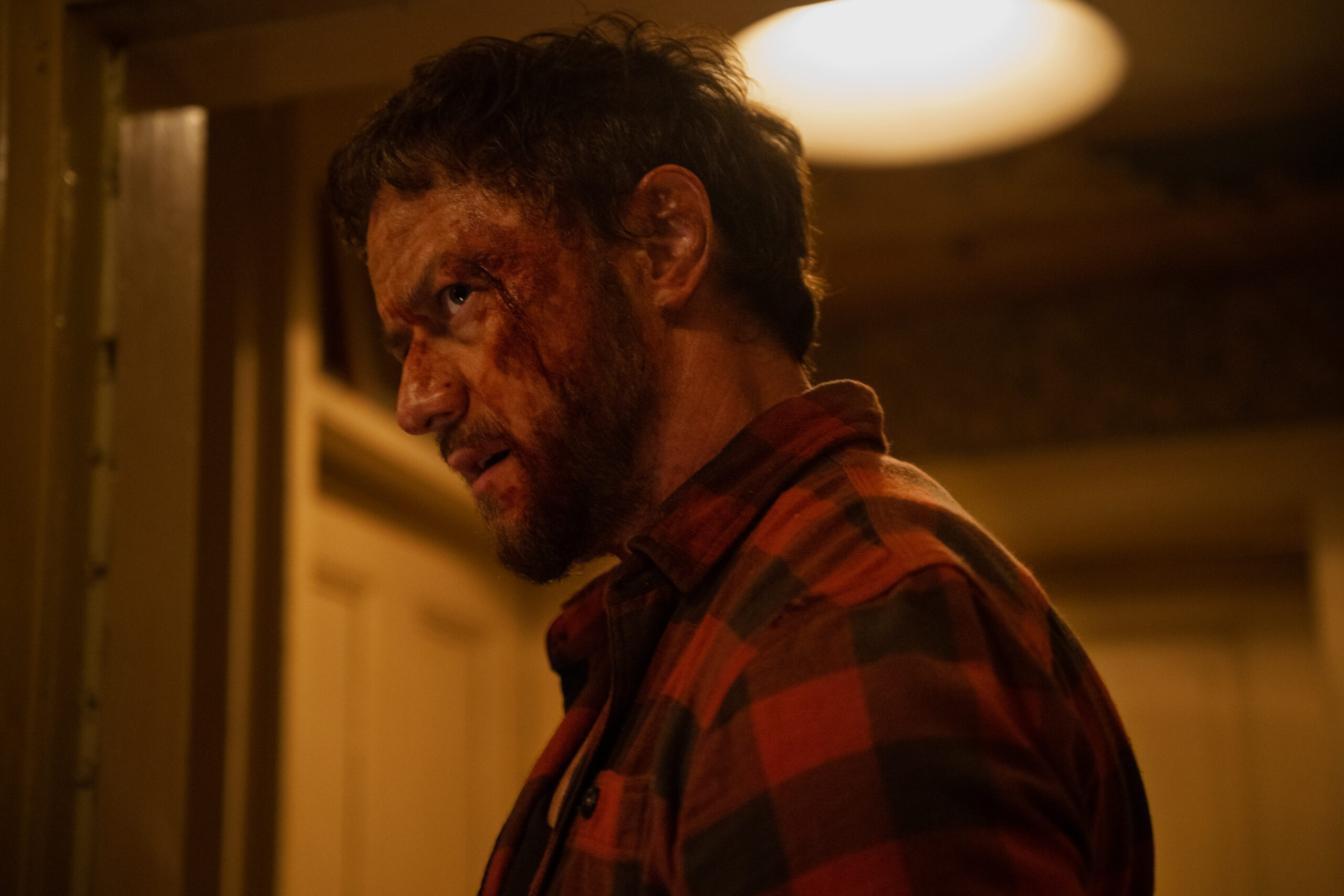Jack’s Back: Revisiting the ‘Ripper’ Slasher Movies from the Early 2000s
As traditional slashers clung on for dear life in the early 1990s, police procedural films took off. Audiences still craved death and mayhem done at the hands of a mad and methodical butcher, however, they wanted it all done differently. Fast forward to the beginning of the next decade, and one film combined both formats: […]

As traditional slashers clung on for dear life in the early 1990s, police procedural films took off. Audiences still craved death and mayhem done at the hands of a mad and methodical butcher, however, they wanted it all done differently. Fast forward to the beginning of the next decade, and one film combined both formats: 2001’s Ripper. This British-Canadian co-production, one subtitled Letter From Hell in some markets, plucked traits from both the slasher and the crime thriller. Yet rather than putting some beat cops or detectives on the case, the story pits forensics students against a killer. And not just any killer either — as the title of this film indicates, the culprit has modeled his or herself after one of history’s most notorious serial killers.
Ripper was not the first slasher from John Eyres; the British director helmed the obscure Goodnight, God Bless (a.k.a. Lucifer) back in the ‘80s. This second stab at the subgenre is considered the better of Eyres’ two efforts, although Ripper is not without its issues. For starters, the internal confusion over its own genre is reflected in the film itself. The director and writers insisted this was more of a thriller and not horror, whereas lead actor A. J. Cook was fully aware of what she had sought out and signed up for. “I think every actor wants to do at least one horror movie in their career,” the actor said back then. And upon watching the ample stalk-and-kill scenes of Ripper, the denials are as silly as they are mistaken. It is clear that this was indeed a slasher, but in all fairness, it was not quite like its contemporaries.
Like 1998’s Urban Legend, Ripper has a collegiate setting. Yet before matriculating, the story’s main character, Molly (Cook), endured a rite of passage for many other Final Girls; she watched her friends be killed, one by one. Five years later, Molly and other aspiring sleuths get to know the unorthodox stylings of Marshall Kane (Bruce Payne). Channeling Urban Legend once again, Payne’s teacher role plays a twisted prank on his students. This, of course, is after Molly asserts her tough-girl status by sizing up Kane in front of everyone. The two try to match each other’s crazy, and Payne is, by and far, the most convincing.

Pictured: A. J. Cook as Molly in Ripper: Letter From Hell.
With this film being shot primarily in and around Victoria, British Columbia, the college venue should look familiar to fans of the X-Men films; Hatley Castle was now where Kane’s students gathered after members of their study group are each found brutally murdered. The few times the story leaves the academic environment include the first as well as most impressive death sequence. Brit Kelly Brook is given a rather bloody, giallo-esque heave-ho during a rager, in which many of the costumed extras were local Victorians who dressed for the part. The $5 million-budgeted Ripper took any chance to scrimp and save.
Trying to stay under budget plus script revisions cost Ripper a chance to shine in the kills department. An example of the lackluster slaughter would be Daniella Evangelista’s au revoir; her character’s demise was originally set to happen on a beach and at night. Instead, Mary-Anne is driven off a cliff in broad, boring daylight. The back half of Ripper tries to make up for this with one particularly intricate and potentially gory set-piece with a saw, however, the editing was overzealous. Overall, the need to treat some deaths like a music video — so many fidgety camera cuts — ruins an otherwise decently sized body-count.
Ripper starts to better resemble old-school slashers after the remaining characters, along with one suspicious detective played by Jürgen Prochnow, take off for an isolated cabin in the woods. What might have been the payoff after a long and uneven journey is, like before, hindered by the fiscal and schedule constraints, not to mention a confounding twist. Ripper pushes through so that it can then deliver a supposed shocker at the end, however, the actual effectualness is debatable.

Pictured: Bruce Payne in Ripper: Letter from Hell.
Far more surprising than the head-scratching reveal at the end of Letter From Hell is the existence of a sequel, Ripper 2: Letter From Within. The first film evidently did well enough to warrant this direct continuation, which now had Erin Karpluk taking on the role of Molly. Cook had since gone on to bigger things, including Final Destination 2, and the follow-up was not shot in her homeland of Canada. Karpluk’s character and a supporting cast of mostly Brits were shipped off to Prague for an experimental procedure that sounds like something out of A Nightmare on Elm Street 3: Dream Warriors.
Ripper 2 is more high-concept than its predecessor, on account of its science-fiction pitch. However, once past the setup of psyche exploration and manipulation, the sequel is dragged down by a series of underwhelming horror sequences. If the first rule of any slasher is to thrill, then this film fails again and again. The secondary characters are grossly devoid of individuality, so when it comes time to die, they go unnoticed. As for Karpluk, she does the best she can with such a confused and clumsy script.
Praise for the original Ripper is a bit faint, but after viewing the sequel, that evaluation should improve. Beneath an aged, post-Y2K cinema aesthetic, and looking past a cryptic outcome, is an indie slasher that thought outside the box. And as fans of this subgenre know very well, ambition is appreciated, even if the product is only a cut above average.
Both Ripper: Letter From Hell and Ripper 2: Letter From Within are currently available on Tubi.
Horrors Elsewhere is a recurring column that spotlights a variety of movies from all around the globe, particularly those not from the United States. Fears may not be universal, but one thing is for sure — a scream is understood, always and everywhere.

Pictured: Erin Karpluk in Ripper 2: Letter from Within.




